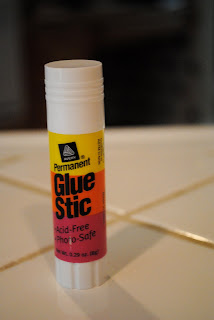Chemistry is everywhere!
Here are some examples of ionic compounds in everyday foods and items...
1.) sodium phosphate
found in macaroni and cheese
2.) calcium phosphate
found in macaroni and cheese
3.) sodium chloride (salt)
found in macaroni and cheese
4.) hydrochloride
found in Quaker oatmeal
5.) calcium carbonate
found in Quaker oatmeal
6.) sodium sulfate
found in bodywash
7.) sodium hydroxide
found in bodywash
8.) potassium carbonate
found in ramen noodles
9.) sodium carbonate
found in ramen noodles
10.) zinc acetate
found in Benadryl
the other 10 ionic compounds are on Katherine's blog here:
http://www.katherineschemistryblog.blogspot.com/







